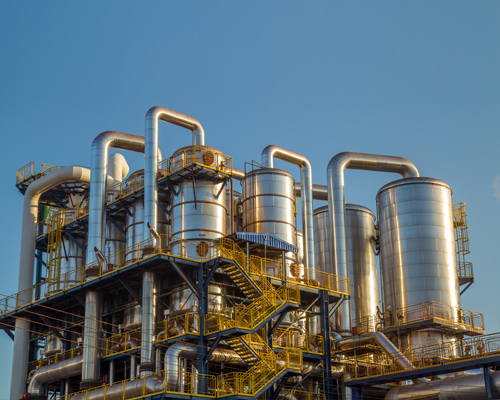They are usually used when the outlet temperature is more than about 20 deg.
Air cooled heat exchanger approach temperature.
In some cases the plant loading may be reduced in the summer so that a lower design air temperature is appropriate.
The air cooled heat exchanger architecture described in this study is a fundamentally new approach that simultaneously eliminates all three of the drawbacks of conventional air cooled heat exchanger technology.
When the process inlet temperature exceeds 350 f forced draft design should be considered because high effluent air temperatures may occur during fan off or low air flow operation.
The approach temperature which is the difference between the process fluid outlet temperature and the design dry bulb air temperature has a practical minimum of 8 to 14 c 15 to 25 f.
Of the simplest ways is to use the ambient air.
F above the maximum expected ambient air temperature.
They do not require an auxiliary water supply because of the lost water due to drift and evaporation.
A dry bulb temperature that is not exceeded for 95 of the year is the usual choice accepting that there may be a cooling shortfall on the hottest days.
Air cooled heat exchangers often simply called air coolers do not require any cooling water from a cooling tower.
For example if you use cooling water to cool a process stream from 95 to 40 c where the cooling water warms up from 25 to 35 c.
You can see that there are two temperature approaches.
Here the greater temperature difference hot in cold out is 95 35 60 c where the least temperature difference cold in hot out is 40 25 15 c.
Where there is no utility such as water available as a cooling medium.
To transfer heat from the refrigerant coolant temperature difference between the two and that is the approach of a temperature difference atd shown in fig.
Following temperature approaches can be used as minimum for heat exchangers.
The heat capacity of gases is essential for some process engineering design e g for air cooled heat exchanger and for gas phase chemical reactions.
8 14 c for air coolers.
They are usually used when the outlet temperature is more than about 20 deg.
3 fans are less accessible for maintenance and maintenance may have to be done in the hot air generated by natural convection.
The òair bearing heat.
Here in the latter case the heat capacities c p 0 for gases are required to determine the heat necessary to bring the chemical compound increase to the reaction temperature.
5 c for others shell and tubes exchangers.

